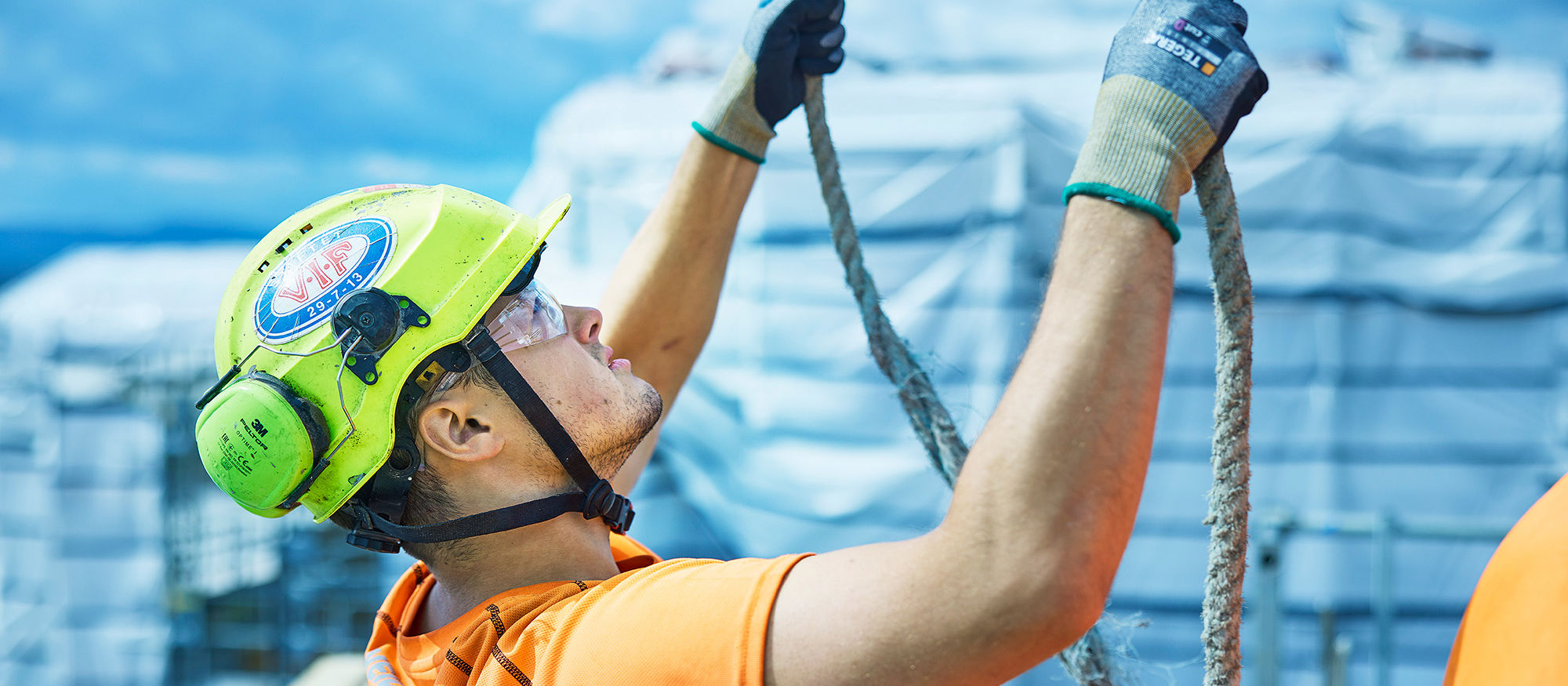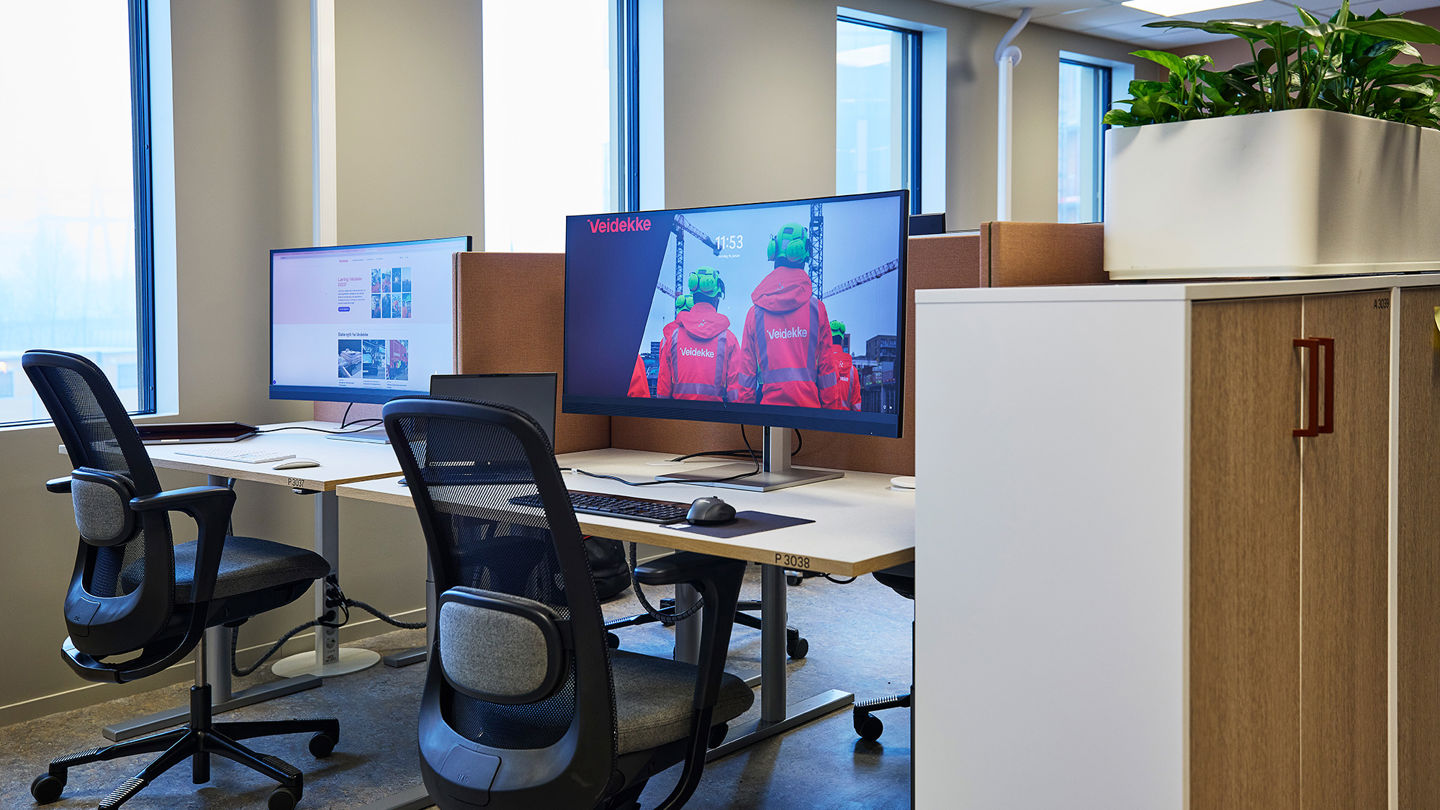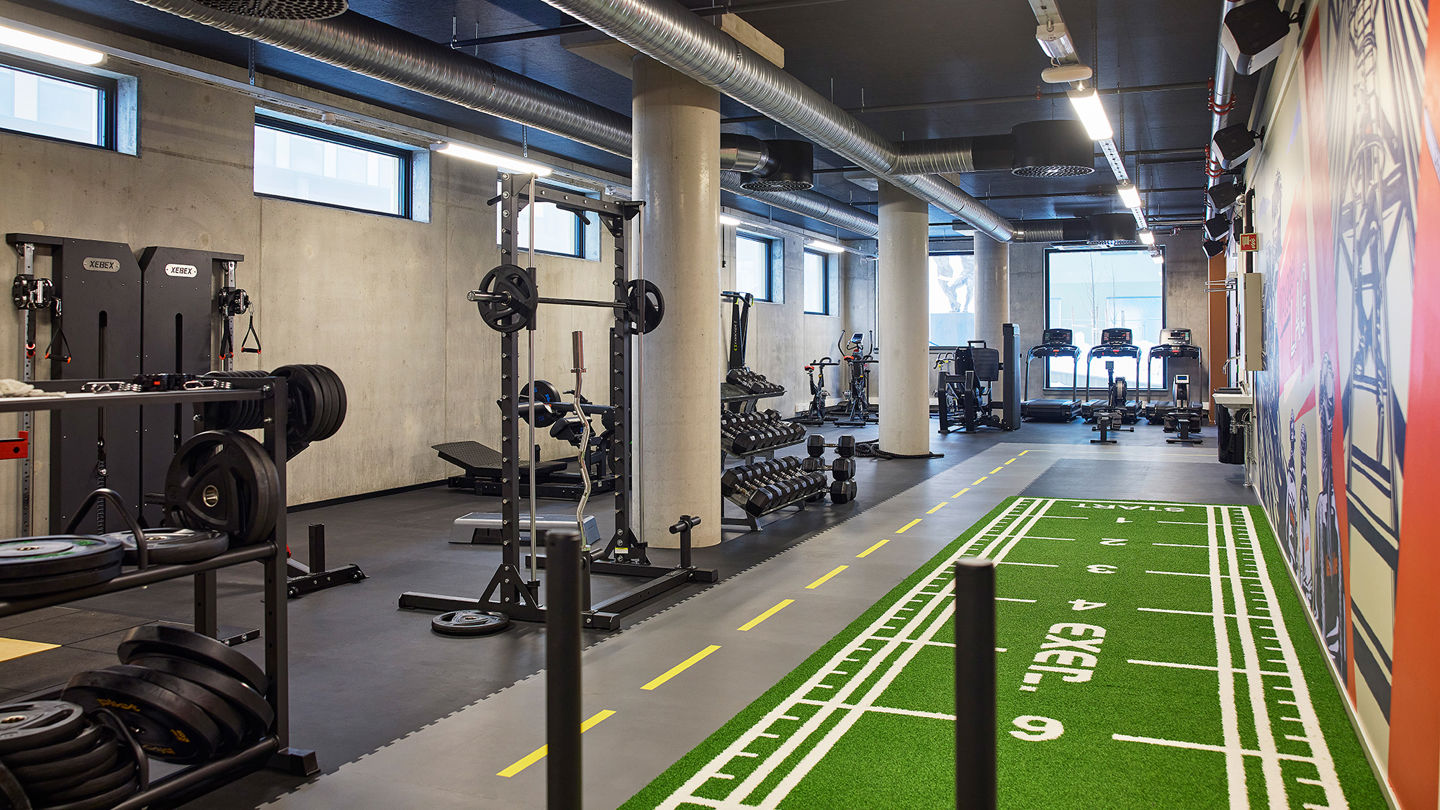
Tips for better occupational health

Ergonomics and lifting technique
- Ensure a proper working position and use of ergonomic furniture
- Lift with your legs, not your back. Keep the object you are lifting close to your body
- Use aids such as lifting equipment and carts for heavy lifting
Ergonomics is about preventing stress injuries and promoting health by adapting the workplace and the work tasks to the individual.
Good ergonomics reduces the risk of musculoskeletal issues, increases productivity and improves well-being at the workplace.

Dust and noise reduction measures
- Wear personal protective equipment such as dust masks and earplugs.
- Install dust extraction and soundproofing where necessary.
- Plan noisy work for times when as few people as possible are affected.
Dust and noise are common working environment problems that can negatively affect health.
Reducing dust and noise prevents respiratory problems and hearing damage, and contributes to a better working environment.

Stress management and well-being
- Provide stress management courses and guidance.
- Create a culture of openness and support among colleagues.
- Ensure workers have the opportunity to take breaks and unwind.
Stress can have serious consequences for both physical and mental health. Good stress management improves well-being, reduces sick leave and increases work enjoyment.

Lifestyle factors that affect occupational health
- Provide healthy food in the canteen and encourage physical activity.
- Arrange health weeks with a focus on lifestyle changes.
- Explain the importance of good sleep and rest.
Lifestyle factors such as diet, physical activity, and sleep have a major impact on occupational health. A healthy lifestyle prevents diseases, increases energy levels and improves overall health.